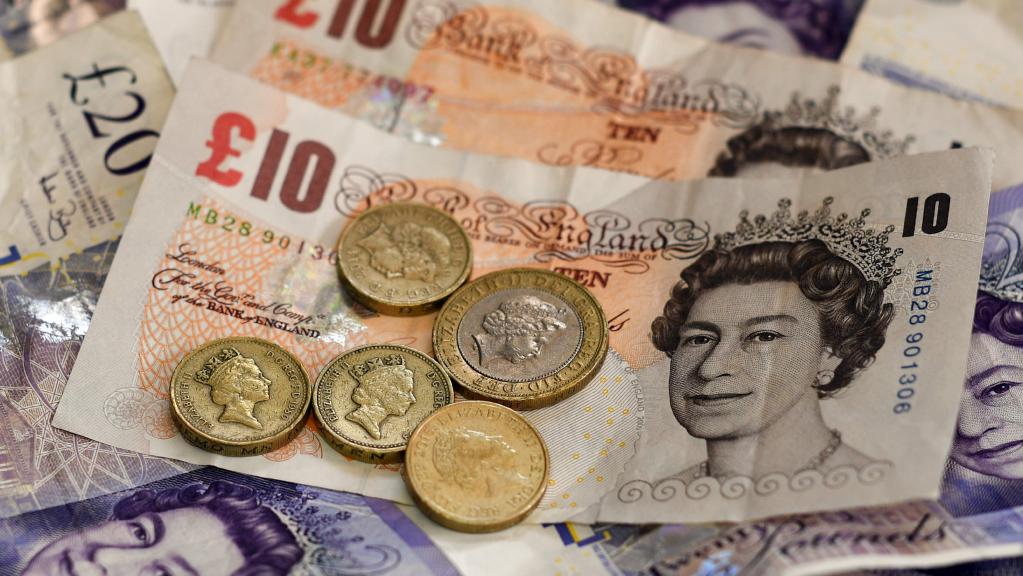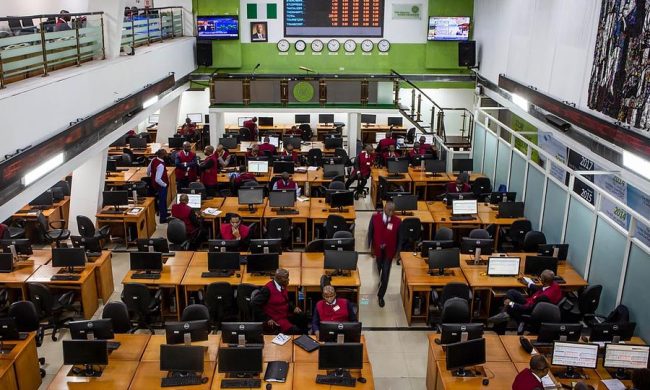The British Pound Sterling snapped a three-day rising streak and weakened on Tuesday, January 9, as investors took profits after a rally although expectations that Brexit talks will have a positive outcome continued to underpin the British currency.
On Tuesday, sterling edged 0.3 percent lower to $1.3529 but remained within striking distance of a four-month high of $1.3614 hit last week.
External factors have also proved supportive for the pound with the U.S. dollar struggling to gain much traction against its rivals in the opening days of the year.
“We expect to see progress towards securing a transitional deal (on leaving the European Union) in the coming months and that should be constructive for sterling,” said Lee Hardman, a currency strategist at MUFJ in London. He expects the pound to rise to 1.40 against the dollar over the next six months.
Against the euro, it has been a more mixed picture, with sterling oscillating around the 88 cents line over the last month.
Net long bets on sterling are near their highest levels in more than three years, according to data released by the U.S. Commodity Futures Trading Commission on Friday, suggesting some investors have warmed to the bullish sterling theme.
That optimism has also filtered through to the currency derivatives markets, with gauges of expected volatility plummeting to more than three-year lows.
The drop in expected price swings has gathered steam since Prime Minister Theresa May secured progress in the complicated process of leaving the EU last month — so much so that expected volatility in sterling in options with up to one-year maturities is now below even some major rivals, such as the Japanese yen and the euro.
But some investors remain unconvinced that sterling is a buy, pointing to structural weaknesses of the British economy such as widening deficits, Reuters reports.













